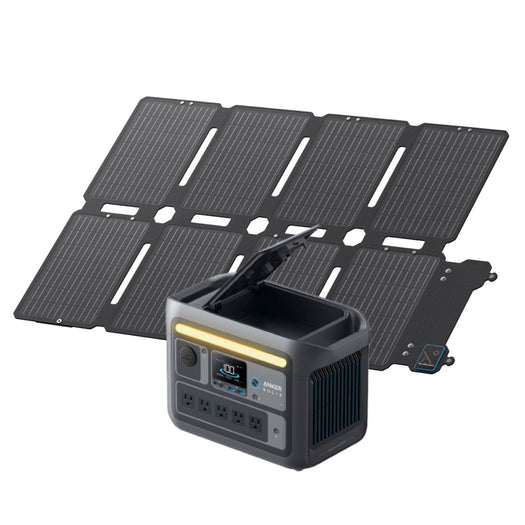Worried about stocking emergency supplies without harming the environment? You’re not alone. As natural disasters become more frequent in Japan, many people face this dilemma: how to prepare for emergencies while staying environmentally conscious.
Most emergency products are disposable plastics or contain harmful chemicals. This creates a conflict between safety and sustainability. This guide shows you how to build an eco-friendly disaster kit that protects both your family and the planet.
Why Women Need Special Emergency Planning
Essential Food for Emergencies
Emergency food isn’t just about calories—it’s emotional support during stressful times. Most disaster food is carb-heavy, but women need balanced nutrition to stay healthy.
Key nutritional needs:
- Protein: Canned fish, beans, nuts
- Vitamins: Vegetable juice, dried fruits
- Minerals: Fortified foods, supplements
Choose ready-to-eat items for when cooking isn’t possible: canned goods, retort pouches, crackers, and preserved bread.
One-Week Food Supply Checklist:
- Water: 21 liters (3L per day)
- Instant rice: 21 servings
- Canned protein (fish, beans): 7 cans
- Vegetable juice: 7 bottles
- Protein bars: 2 packs
- Nutritional supplements: 1 week supply
- Healthy snacks: 7 packs
Women’s Hygiene Essentials
Feminine hygiene products are often overlooked in disaster planning. Stock at least 30 pieces of feminine hygiene products and basic skincare items.
Essential hygiene supplies:
- Disinfectant wipes: 70 sheets
- Masks: 7 pieces
- Portable toilets: 35 uses
- Feminine hygiene products: 30-piece set
- Basic skincare: 1 set
- Body wipes: 7 pieces
Source: Tokyo Stockpiling Navi
What Really Works vs. What Doesn’t
Proven Lifesavers
Disaster survivors consistently recommend these compact, multi-purpose items:
Must-have items:
- Phone chargers/power banks: Communication lifeline
- Portable gas stoves: Hot meals during outages
- LED flashlights: Essential lighting
- Cash: When cards don’t work
- Tarps/garbage bags: Rain protection, privacy, storage
- Familiar emergency food: Pre-test flavors
- Portable toilets: Sanitation when needed most
- Sleep aids: Eye masks, earplugs for evacuation centers
Common Waste Items
These frequently recommended items proved less useful in real disasters:
Often unnecessary:
- Compass (evacuation routes are known)
- Rope (requires special skills)
- Cup noodles (need hot water)
- Hand-crank radios (smartphones work better)
- Large tents (space and transport issues)
- Candles (fire hazard in shelters)
Eco-Friendly Emergency Supplies
Sustainable Food Options
Vegan Retort Foods
Plant-based meals have lower environmental impact and reduce allergy risks.
MSC-Certified Canned Fish
Marine Stewardship Council certification ensures sustainable fishing practices.
Organic Canned Vegetables and Fruits
Pesticide-free options protect both health and environment.
Organic Drinks
Concentrated nutrition with organic ingredients.
Preservation Bread
This vegan-friendly preservation bread can last long time.
Chemical-Free Hygiene Products
Super Electrolyzed Water Disinfectants
Alcohol-free cleaning using electrolyzed water technology reduces chemical exposure.
Organic Cotton Masks
Washable, reusable masks from 100% organic cotton.
Mouthwash Tablets
Compact tablets eliminate plastic bottle waste.
Natural Portable Toilets
Eco-friendly options using scallop shells and biodegradable materials.
Dry Shampoo
When water isn’t available, natural dry shampoos come in handy.
Durable Long-Term Supplies
Solar-Powered Equipment
Foldable solar lanterns
Solar cooker
Instead of using a portable gas stove for cooking, you can safely cook with a solar cooker.
Reusable Containers
Portable Water Purifier
The Greeshow 3-Way Charging Portable Water Purifier supports solar charging and hand-crank charging, helping you secure water.
Women’s Eco Products
Menstrual Cups
German-made MeLuna cups last 10 years, dramatically reducing waste and costs while maintaining hygiene standards during emergencies.
Smart Preparation Strategies
Seasonal Reviews
Check your emergency kit every season to:
- Replace expired food
- Update seasonal clothing
- Test battery levels
- Refresh water supplies
This prevents waste and ensures everything works when needed.
Choose Dual-Purpose Items
Select supplies you can use daily:
- LED lanterns for camping
- Portable stoves for regular cooking
- Organic foods for everyday meals
This approach prevents waste while maintaining preparedness.
Community Connections
Your neighbors are valuable disaster resources. Build relationships now to create mutual support networks during emergencies.
Start Your Sustainable Emergency Plan
Eco-friendly disaster preparation doesn’t require perfection. Small changes make a big difference:
- Review existing supplies – identify what to replace
- Choose organic when restocking food items
- Select reusable over disposable products
- Test equipment regularly to ensure functionality
Begin at your own pace. Your conscious choices protect your family, reduce environmental impact, and contribute to a sustainable future.
Every small decision creates ripple effects throughout society. Through sustainable disaster preparation, you’re building a better world for future generations.




























